Corporate Accounting & Reporting: Impairment Loss Analysis Report
VerifiedAdded on 2020/04/01
|7
|880
|58
Report
AI Summary
This report provides an overview of impairment loss accounting, focusing on fixed assets under AS 28 and IAS 36. It covers the recognition and measurement of impairment loss, emphasizing the comparison between carrying value and recoverable value. The report explains both internal and external indicators of impairment, such as market value declines and obsolescence. It also describes the concept of Cash Generating Units (CGUs) and how to calculate recoverable value, which is the higher of fair value less costs of disposal and value in use. The value in use is determined by discounting future expected cash flows, and the fair value is determined according to IFRS. The report concludes with disclosure requirements, emphasizing the importance of transparency in financial statements regarding impairment assessments. The report is a student's work and offers insights into the practical application of impairment accounting principles.
1 out of 7
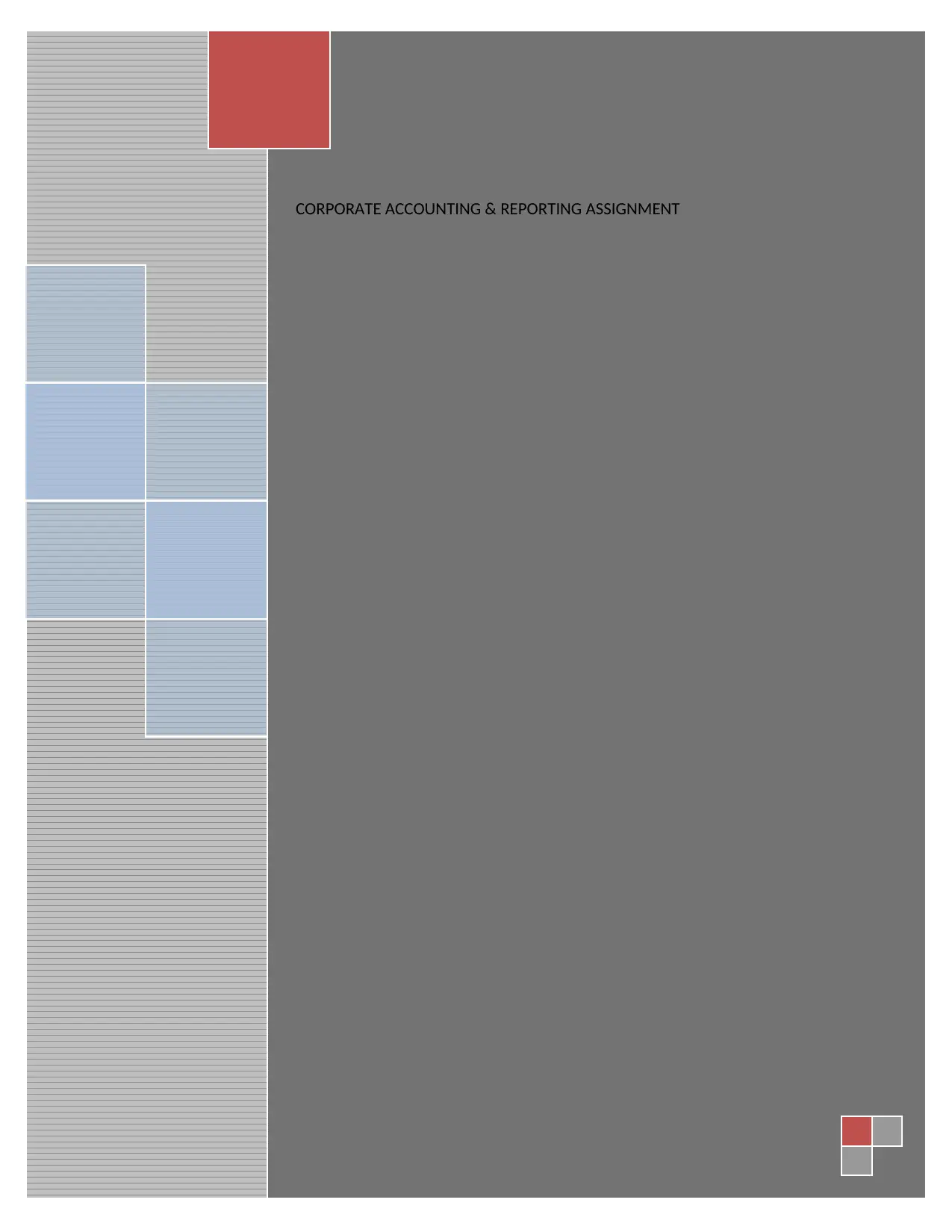
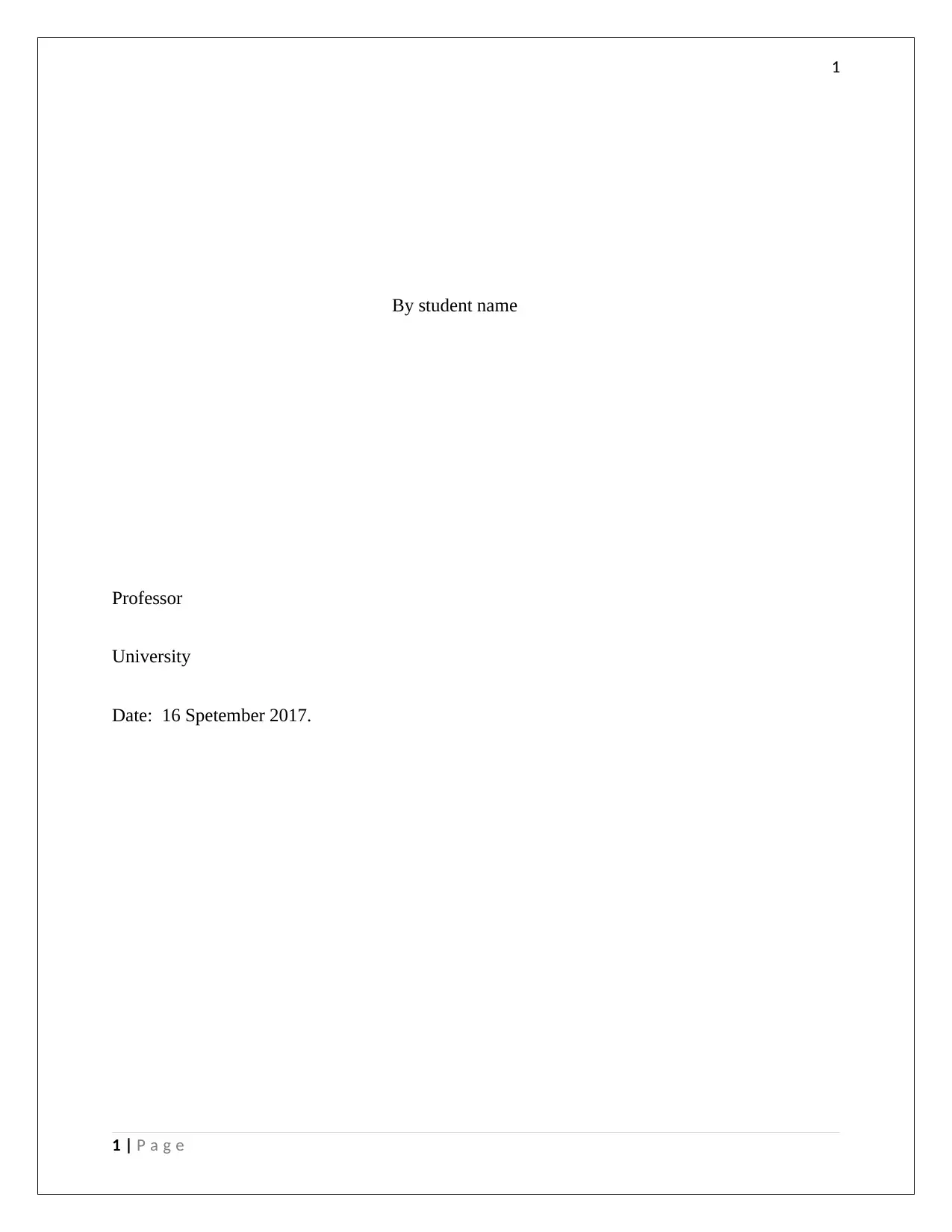
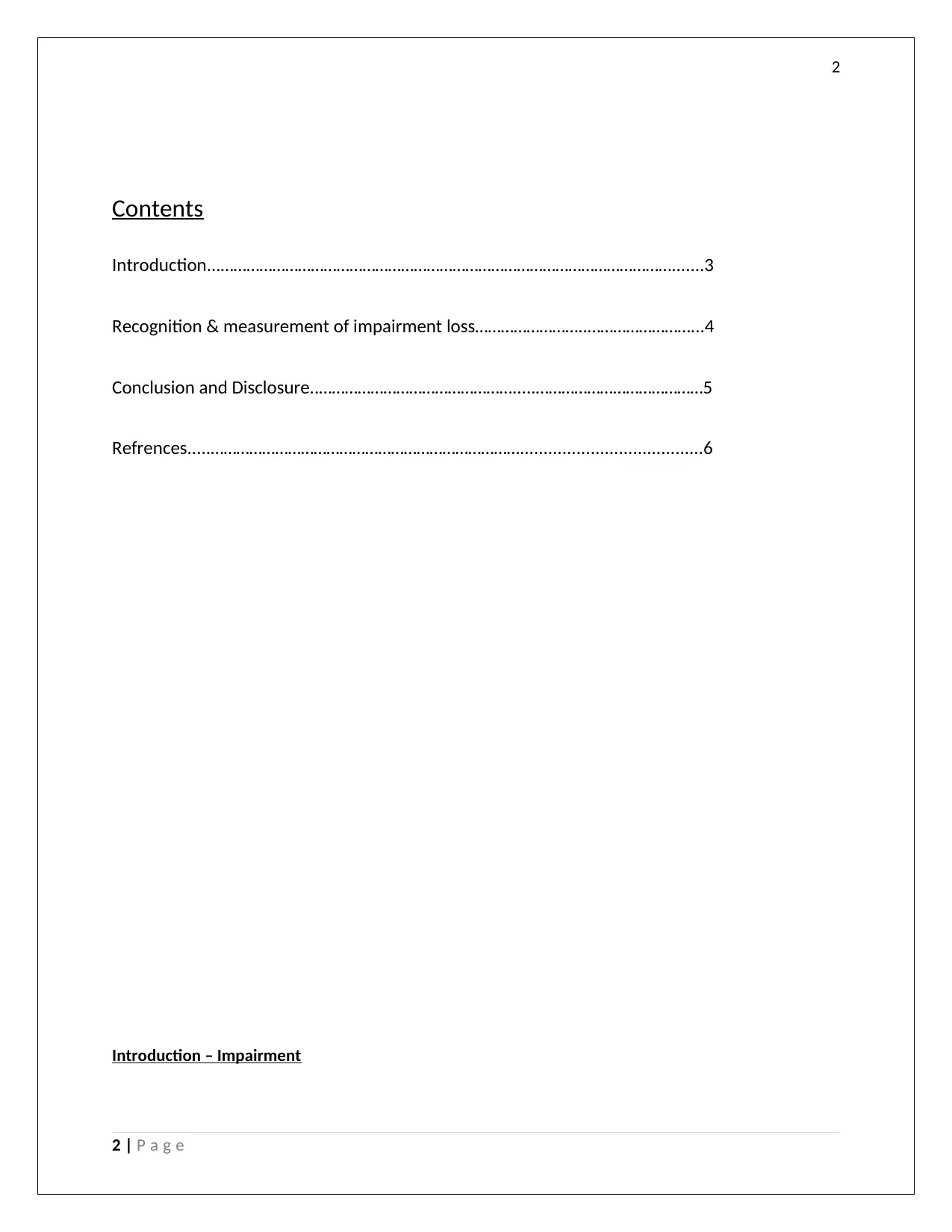

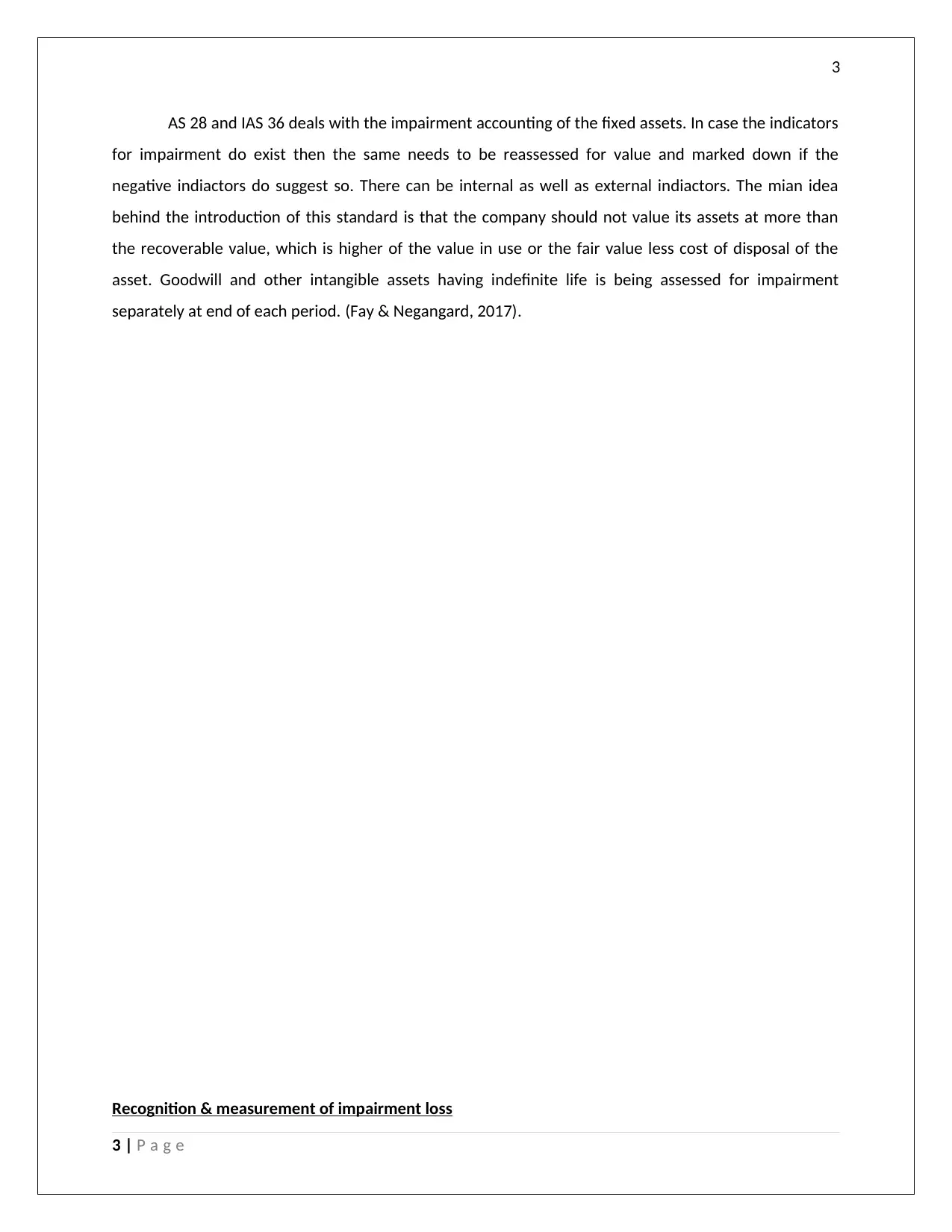

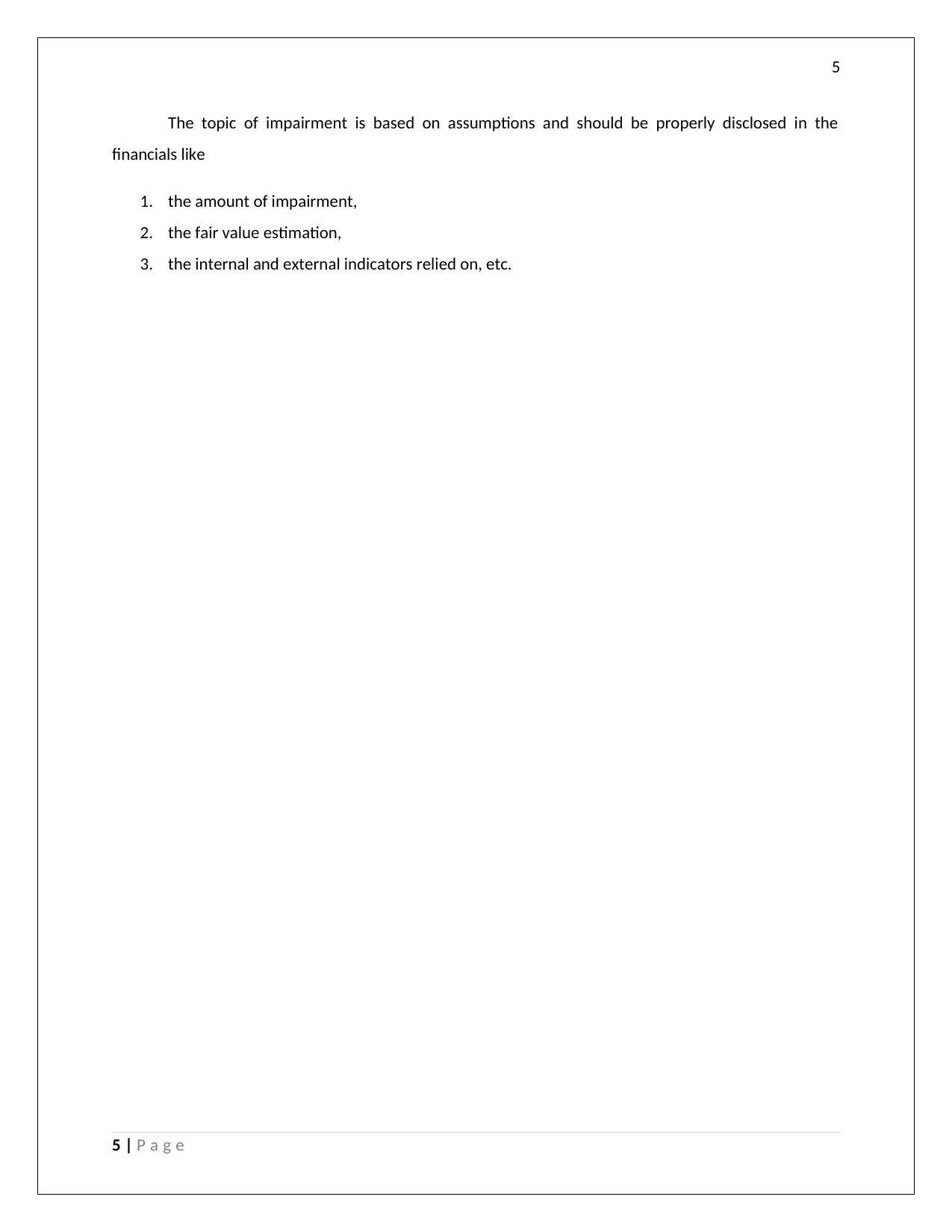
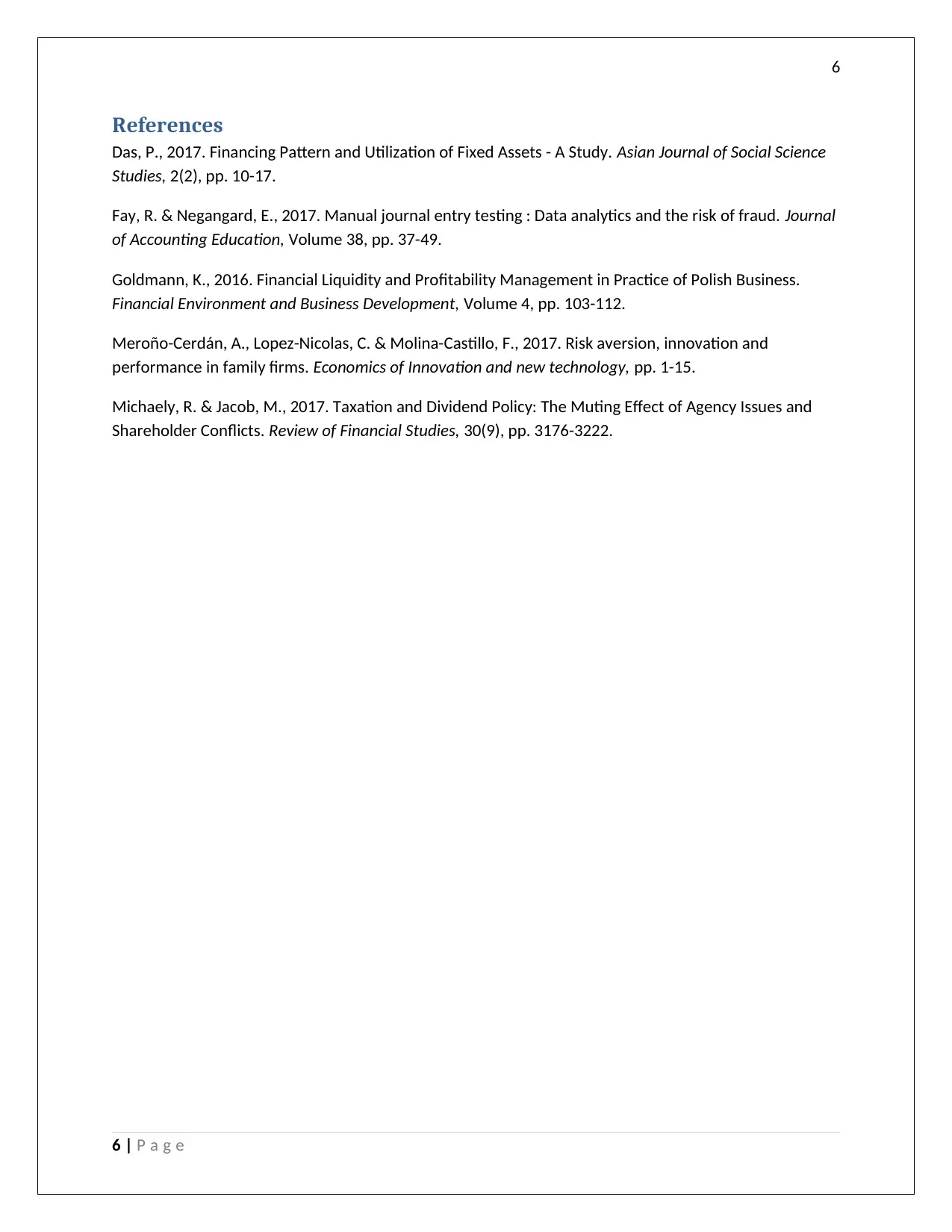






![[object Object]](/_next/static/media/star-bottom.7253800d.svg)